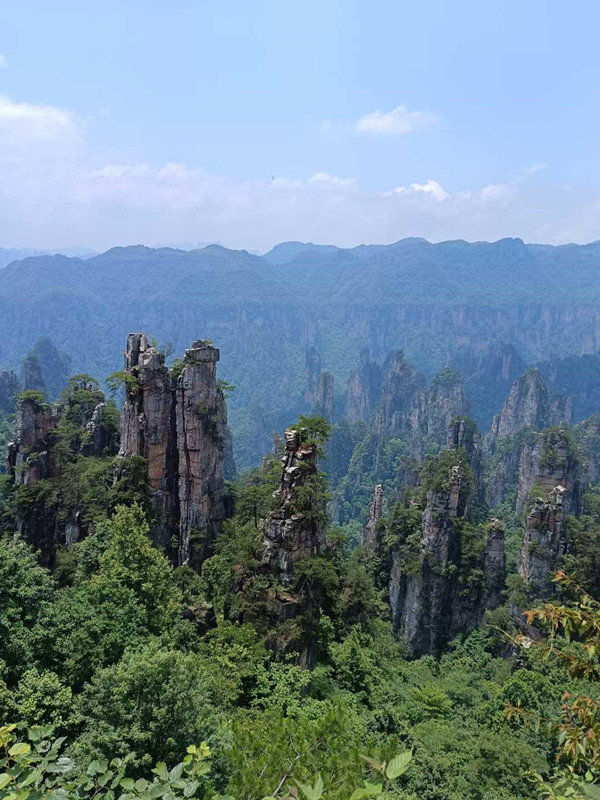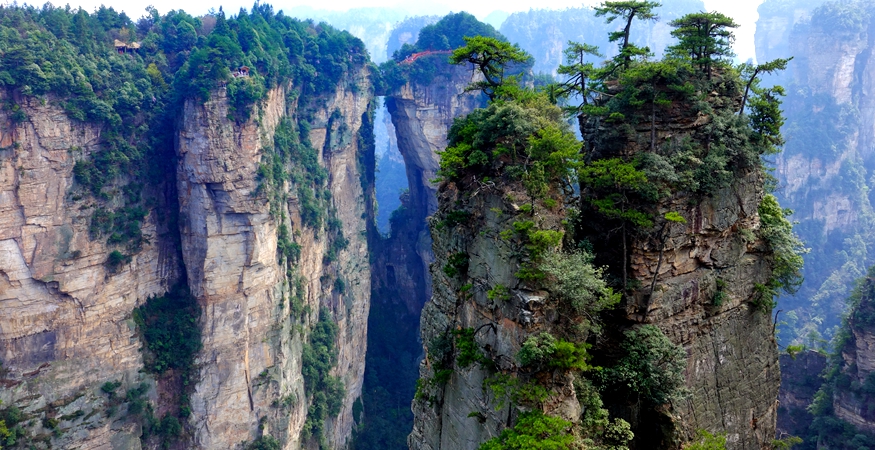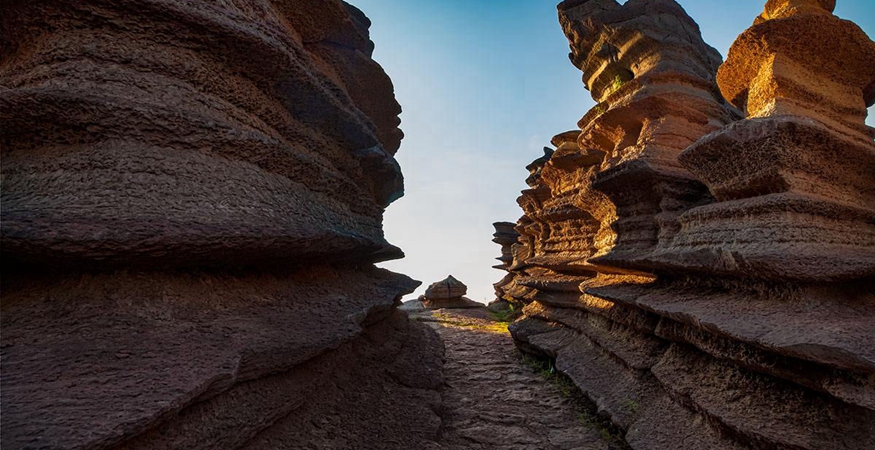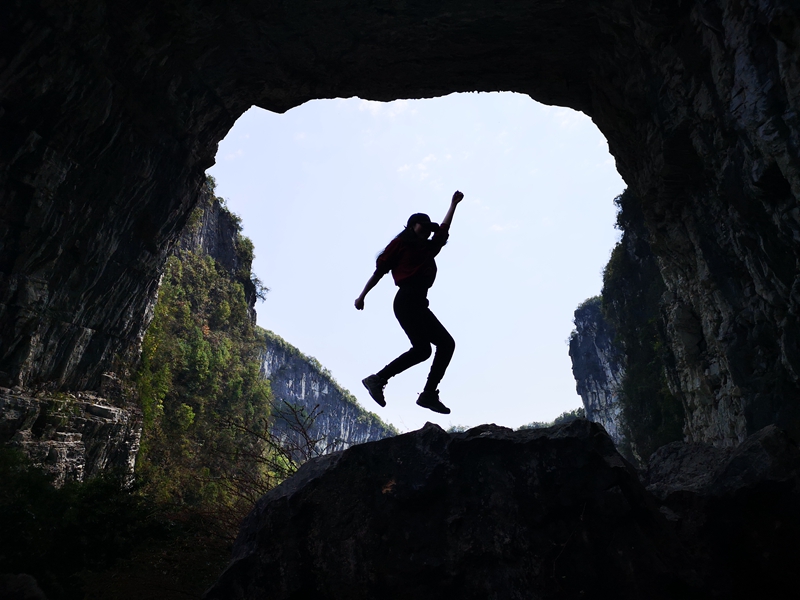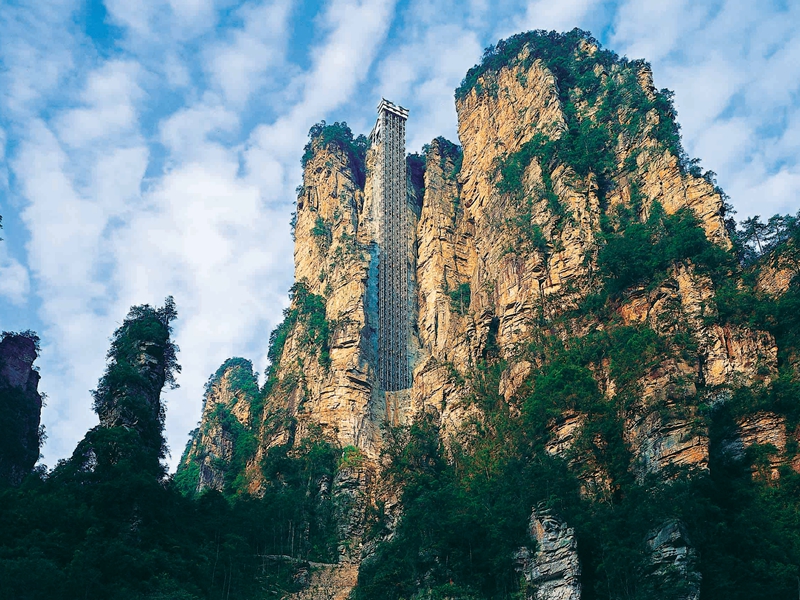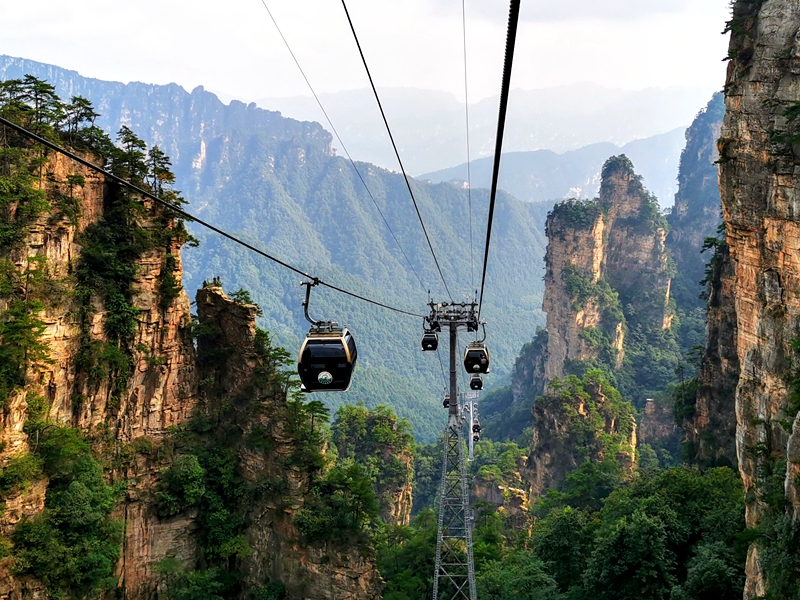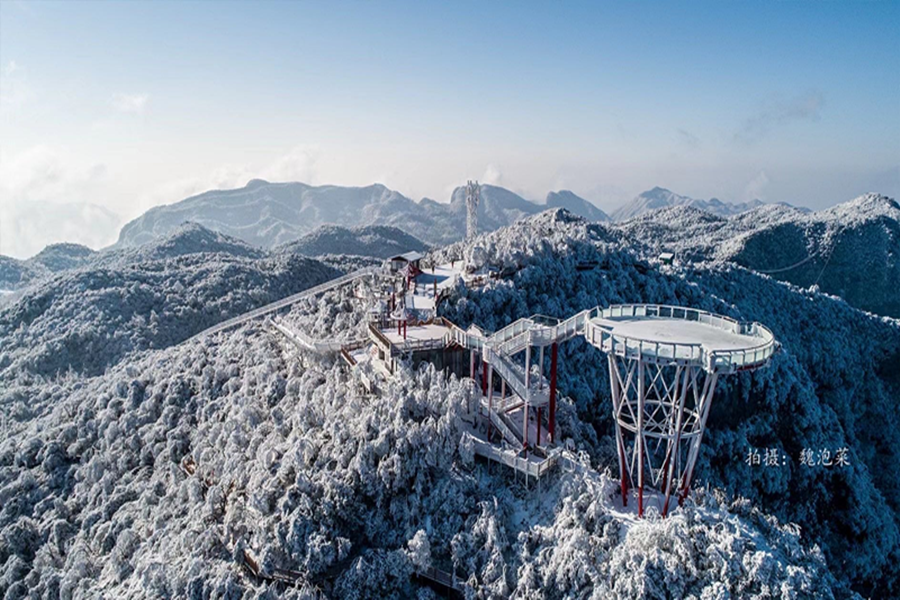
Yongzhou
Yongzhou Overview
Chinese Name: 永州 English IPA: Yongzhou City Location: Southeast Hunan Population (city): 548million Language: Yongzhou Local Dialect Zip code: 429066 Tel code: 0746 Time zone: UTC+8
Yongzhou City, formerly Named Lingling, is located in the upper reaches of the Xiang River in the extreme south of Hunan, bordering on Guangdong and Guangxi on the south. Within its jurisdiction are 2 cities and 9 counties, which altogether cover an area of 22, 400 km” and have a population of 5.77 million. The Southern Ridges stretches across its south, providing it with secluded shelter for ethnic groups as well as sufficient timber and attractive landscape. The Xiang River and the Xiao River join in its north and supply excellent transportation
About 4, 000 years ago, Yongzhou was already populated by primitive minority nationalities According to legend, Emperor Shun died an unexpected death when he was going the rounds here and had to be buried in the Nine Puzzling Peaks, which adds to the mystery of the land. In 111 BC, Yongzhou City was established as Lingling Prefecture by the Han dynasty (206 bc-220AD). Then in the Three Kingdoms Period(220–280), it became a region of strategic importance, for which the kingdoms of Wu and Shu contended dozens of years.
In the Tang dynasty(618-907), Liu Zongyuan(773-819), an eminent man of letters, warelegated from Ministry of Rites to the position of Sheriff of Yongzhou. He lived here in exile for 10 years,and wrote many prose and poetic works, of which the most familiar to common people are“ Eight Essays on Yongzhou”( a collection of essays)and“ Fishing in Snow”( a poem). Since
then, Yongzhou has been widely known to the whole country, which illustrates the truth of the olding that the greatness of lends glory to a place.
Administrative Divisions
- 2 Districts : (Lingling District and Lengshuitan District)
- 9 Counties: (Shuangpai county, Qiyang county,Dong ‘an county,Dao county, Ningyuan county,Xintian county, Lanshan county, Jiangyong county and Jianghua Yao autonomous county)
Basic History
Yongzhou was called Lingling before the Sui dynasty. Lingling was named after Shun who buried in Jiuyi Mountain. According to the records of the history, Shun “died in the field of cangwu during his southern hunting tour, and was buried in jiuyi in the south of the Yangtze river. Lingling in belongs to the region of jingzhou in the Xia dynasty, belongs to the southern border of the state of Chu in the spring and autumn and warring states period, and was a part of Changsha county in the Qin dynasty.
Local Drama
Yongzhou is area with abundant opera culture. Since the Ming dynasty, Yongzhou people began to play drama. After a long term of development, it formed Qi opera rich in local characteristics. Meanwhile, there are Lingling Huagu opera, Qiyang tune,shadow shows and other local operas in Yongzhou.
Religious
Buddhism,Taoism,Islam,Catholicism and Christianity are the main religions practiced by residents in Yongzhou. Buddhism,Taoism and Islam have exerted great influence on the history,culture and art of Yongzhou.
Yongzhou is a comprehensive tourist resort.It abounds in unusual natural scenes as well as various artificial tourist resources. Apart from the big scenic area of the Nine Puzzling Peaks,it boasts Emperor shun’s Mountain Nature Reserve,the 1,000-family-housing Cave Nature Reserve and the Yangming Mountain Nature Reserve.These preservation zones are not only densely afforested but also dotted with historic sites.
Liuzi Temple
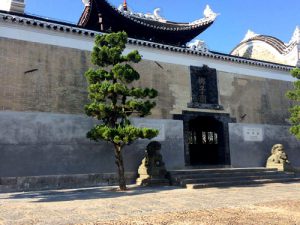 Liuzi Temple in Yongzhou
Liuzi Temple in YongzhouLiuzi Temple,located in the Liuzi ancient street by the Bank of Xiao River, is one of the core attraction in Yongzhou city. It was first built by Yongzhou people in 1056 in the north Song dynasty, and rebuilt in 1877 in Qing dynasty.People built it in the memory of Liuzongyuan, a great writer and thinker in Tang Dynasty. On June 25, 2001, Liuzi temple, as a Qing dynasty ancient building, was approved by the state council to be included in the fifth batch of national key cultural relics protection list.
Shunhuangshan National Forest Park
Jiangyong Nvshu Museum
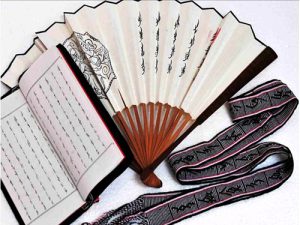 Nvshu in Yongzhou Hunan Province
Nvshu in Yongzhou Hunan ProvinceHistorically,the mysterious characters were popular and passed down among women of Jiangyong county and nearby counties in Hunan province, China.It is the only characters,shaped like long diamond or long foot ants,used for woman that man could never understand a single word. Nowadays,Nushu is on the verge of extinction and only used by elderly women in some rural areas. According to research, there are more than 1700 basic characters of Nvshu, among which 80% are derived from Mandarin characters, and the rest of 20% are self-created characters without any resource.
